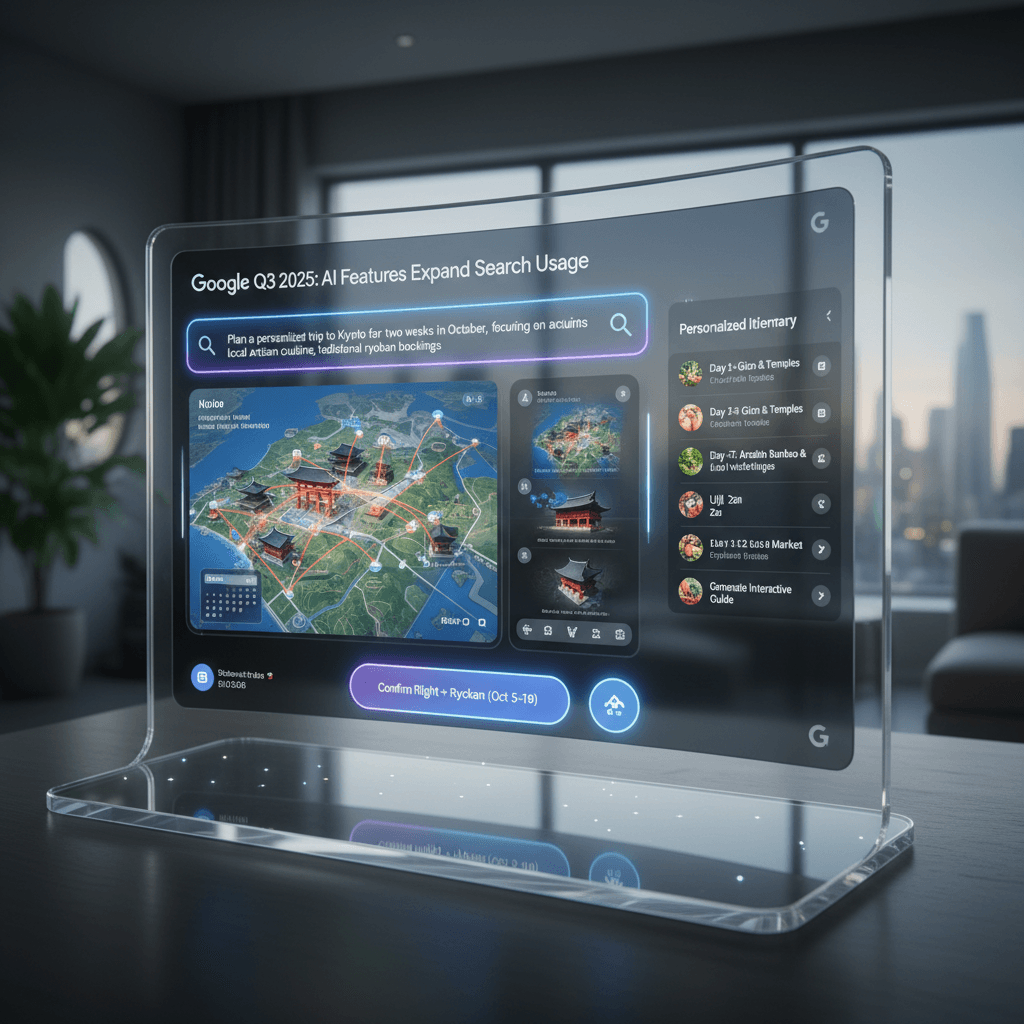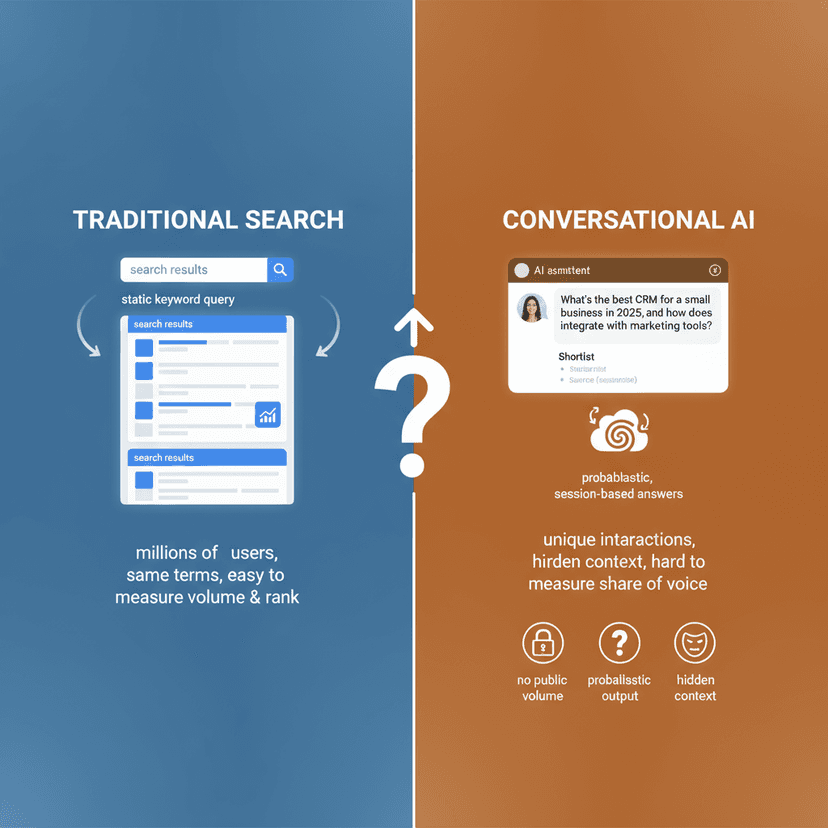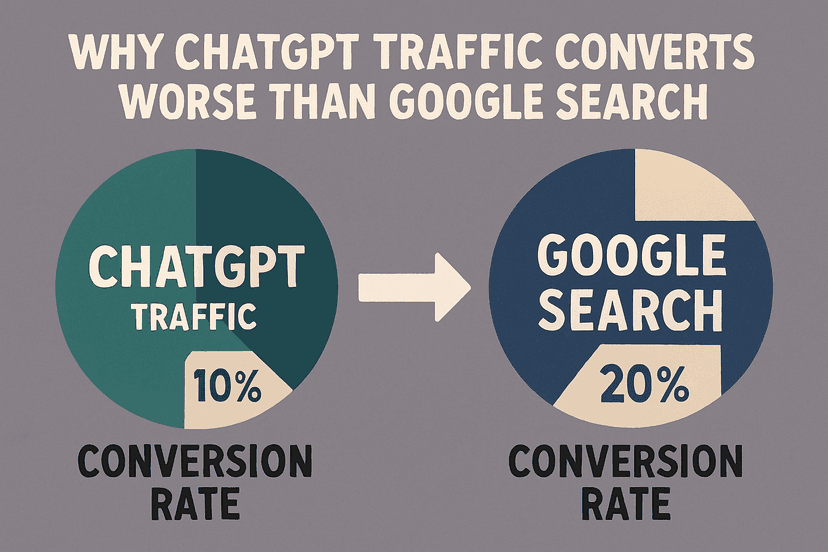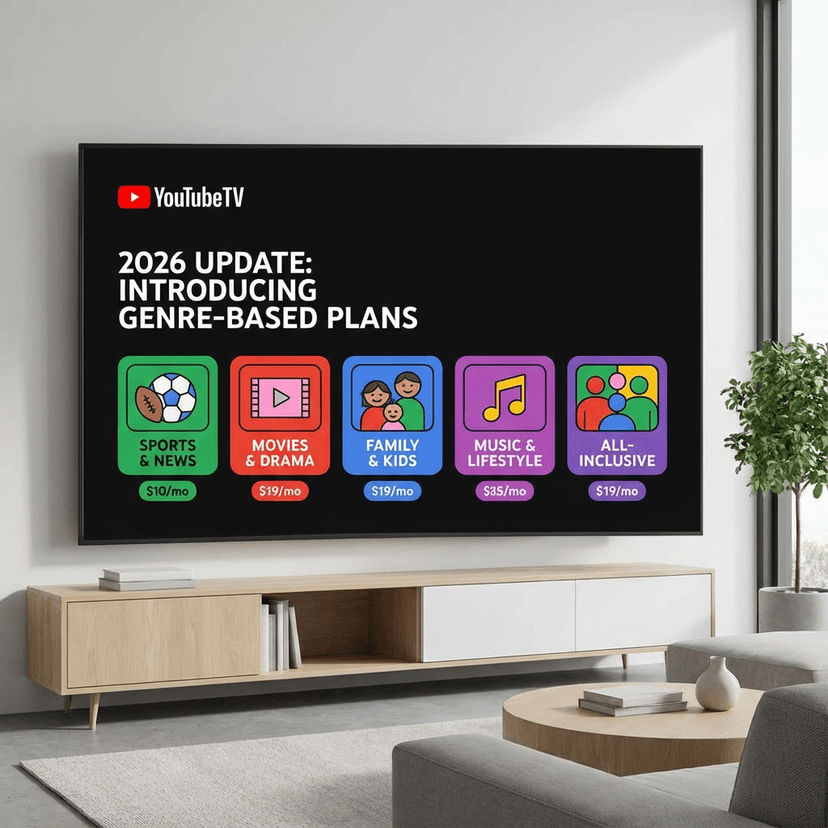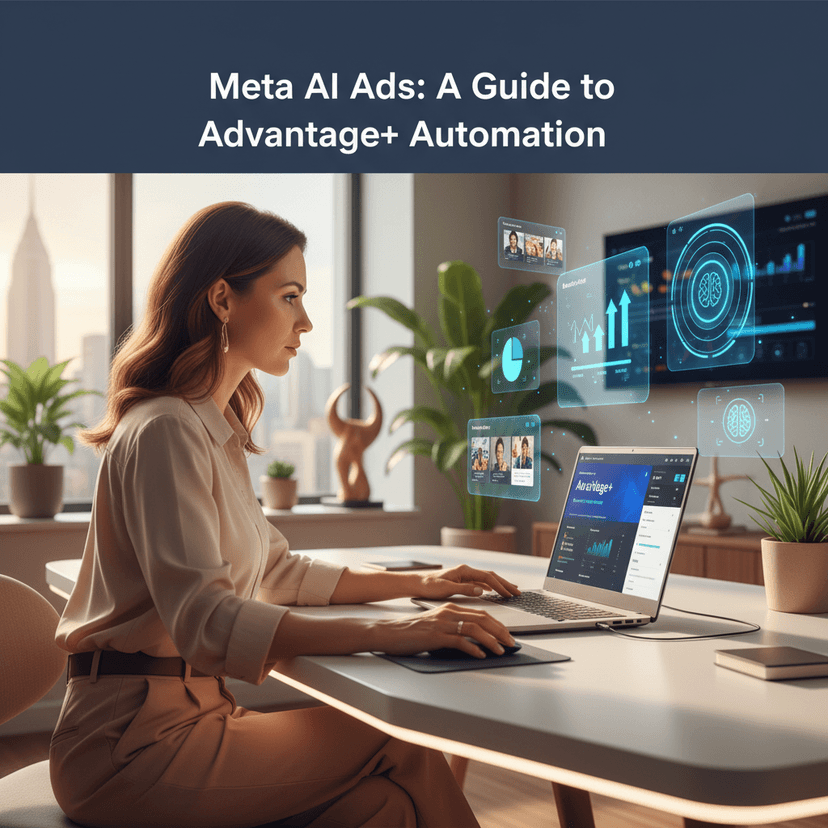Executive Summary
Google used its Q3 earnings call to push a clear message to investors and the market: AI features are expanding search usage rather than taking traffic away from it. CEO Sundar Pichai framed 2025 as an expansionary moment for Search, arguing that AI experiences highlight the web and continue to send billions of clicks to sites. The company tied query growth to two flagship experiences, AI Mode and AI Overviews, and pointed to momentum in both overall and commercial queries.
Alphabet crossed a major milestone with $102.3 billion in quarterly revenue, YouTube continued to strengthen its ad business, and Google Search and other services grew meaningfully year over year. While Google absorbed a $3.5 billion European Commission fine in the quarter, operating margin excluding that charge was still a healthy 33.9%. The company also raised its 2025 capital spending guidance to support AI infrastructure and new agentic capabilities across Search and Chrome.
For marketers and publishers, the signal is clear. Google plans to put AI-led surfaces in front of more queries. That means a distribution shift inside Google Search, not a retreat from it. However, Google still has not shared outbound click share or new reporting for AI experiences, so teams will need to rely on their own analytics to judge impact.
What Google Reported in Q3
Google’s remarks centered on three themes: usage growth, product rollout, and monetization. Pichai said overall queries grew year over year, as did commercial queries, with growth accelerating in Q3 compared to Q2. He tied that acceleration to AI Mode and AI Overviews, noting stronger effects in Q3 and greater adoption among younger users.
On the product side, AI Mode showed strong and consistent week over week growth in the U.S., with queries doubling during the quarter. Google rolled AI Mode out globally across 40 languages, reached over 75 million daily active users, and shipped more than 100 improvements. Pichai said AI Mode is already driving incremental total query growth for Search, not simply shifting queries from one surface to another.
AI Overviews also drew a spotlight. Pichai reiterated that AI Overviews drive meaningful query growth, and that the effect was even stronger in Q3. The company’s narrative is that AI-led answers bring more people into search sessions and help users go deeper, rather than stopping them from clicking.
Monetization matched the usage narrative. Alphabet posted $102.3 billion in revenue in the quarter, with Google Search and other revenue at $56.6 billion, up from $49.4 billion a year earlier. YouTube ads revenue reached $10.26 billion. Google noted YouTube’s number one position in U.S. streaming watch time according to Nielsen, and said Shorts now earns more revenue per watch hour than traditional in-stream in the U.S. A $3.5 billion European Commission fine weighed on reported margins, but excluding that charge, operating margin was 33.9%.
AI Mode Adoption Usage and What It Means
AI Mode is Google’s AI-first experience that sits on top of search tasks and often blends chat and browse patterns. The company’s comments suggest three takeaways:
-
Habit formation is happening. Strong and consistent weekly growth and a doubling of queries in the U.S. during the quarter indicate that users are not just testing AI Mode once; they are returning. Rolling out across 40 languages and hitting 75 million daily active users gives Google scale to observe and optimize behavior across markets.
-
It extends the funnel. When AI Mode increases total queries, it implies newer or broader tasks per session. Users may begin with a planning query, branch into comparisons, follow with how-to steps, and then move to local queries (where Local SEO is critical) or commercial queries. This is expansionary behavior, and it can increase the number of monetizable touchpoints.
-
It shifts discovery patterns. The more users engage through AI Mode, the more Google can orchestrate sessions, surface entity-rich results, and guide the next best step. For brands and publishers, that means more emphasis on structured content, clear value propositions, and assets that are easy to summarize and cite.
The message to the market is that AI Mode is not just a new interface. It is a driver of demand and a way to create more sessions that can include commercial intent.
AI Overviews Do They Grow or Cannibalize Search
AI Overviews summarize answers at the top of results and cite sources below. The fear for many has been cannibalization: if the overview answers the question, why would users click? Google’s narrative counters that fear. According to Pichai, AI Overviews drive meaningful query growth, and the effect strengthened in Q3, especially with younger users.
There are plausible reasons why AI Overviews can expand usage:
-
Lower friction for broad tasks. Summarized answers reduce the cognitive load for planning, troubleshooting, and comparing. As users progress, they often need depth, which pushes them to click through to primary sources.
-
Better on-ramps to complex topics. If the overview helps a user understand the landscape, it can increase confidence and trigger more specific follow-up queries. That often benefits sites with specialized expertise.
-
Faster iteration. AI Overviews can help users refine the wording of what they need, leading to more attempts and deeper exploration in a single session.
That said, the practical concern remains measurement. Google did not share outbound click share for AI experiences or provide new reporting to track them. Until there is official reporting, teams need to watch their own data closely and determine where AI overviews create net new traffic versus reshaping routes to existing pages.
Revenue By the Numbers
The quarter marked a milestone. Alphabet’s revenue reached $102.3 billion, its first $100 billion quarter. Google Search and other revenue, largely from Google Ads, rose to $56.6 billion from $49.4 billion a year earlier, showing continued strength in core search. YouTube ads revenue hit $10.26 billion, with the company stating YouTube has remained number one in streaming watch time in the U.S. for more than two years, according to Nielsen. Importantly, in the U.S., Shorts now earns more revenue per watch hour than traditional in-stream, a key metric for any YouTube Ads Service.
On profitability, the quarter included a $3.5 billion European Commission fine that affects reported margins. Excluding that charge, operating margin was 33.9%. The company raised its 2025 capital expenditure guidance to $91–$93 billion to keep up with AI demand. That level of investment supports continued improvements to search infrastructure, model upgrades, and product features across AI Mode and AI Overviews.
Why It Matters for Marketers and Publishers
If AI surfaces expand search, Google has every reason to show them more often across more queries. For marketers, that means:
-
Expect a distribution shift. AI-led sessions will be a larger share of usage inside Google. Organic opportunities may show up in citations within AI Overviews, in entity panels, and in follow-up suggestions. Ads will adapt to appear in and around AI-led experiences.
-
Commercial intent remains strong. Google emphasized growth in commercial queries. If AI Mode helps users move from exploration to action faster, conversion-focused content and offers must be ready at each step.
-
A strong Content Marketing strategy wins. Clear product data, pricing, availability, how-to steps, and concise summaries make it easier for Google to understand and surface your content in AI-driven contexts.
For publishers, there is both opportunity and risk. AI Overviews can increase exposure to new audiences by elevating expert sources, but they can also compress the click path for simple informational lookups. Differentiated reporting, primary data, strong opinions, and unique tools are more likely to attract clicks beyond the overview. For those in Ecommerce Marketing and local businesses, inventory freshness, rich media, and first-party offers improve your odds of being cited and clicked.
How to Measure Impact While Reporting Lags
Google has not provided new public metrics for outbound click share from AI experiences or a dedicated reporting view in Search Console. Until that exists, use a practical, staged approach:
Build a clean baseline
- Segment branded versus non-branded queries and track them separately.
- Establish pre-Q3 benchmarks for impressions, clicks, CTR, and average position for core. Please add relevant links to the post as per the instructions provided and return the full blog post with the links inserted, keeping everything else unchanged.
